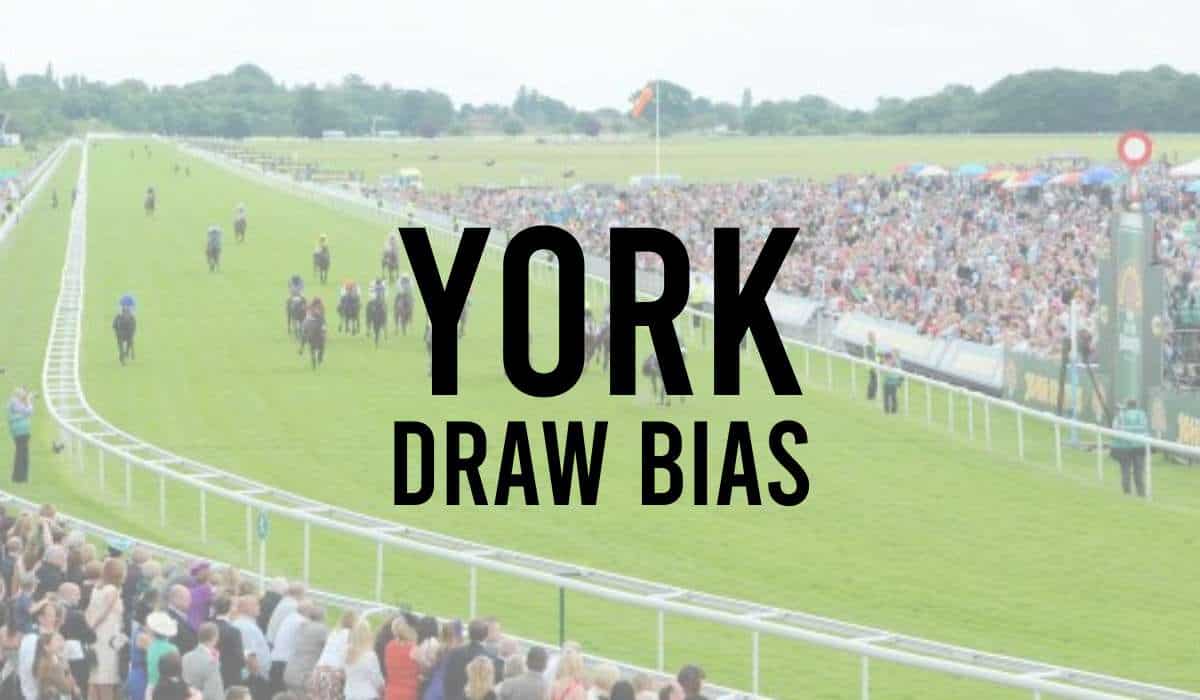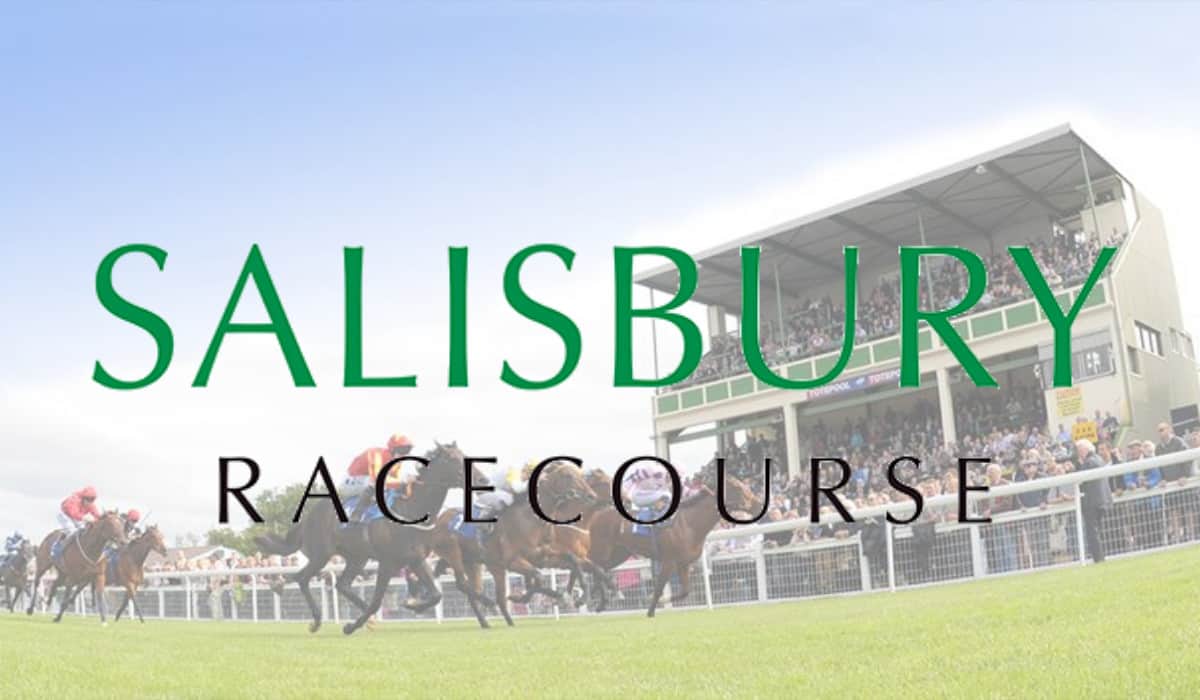Many shrewd horse racing punters research whether there is a draw bias at Salisbury Racecourse.
The horse racing draws are perhaps the most overlooked factor in horse racing statistics in April 2024.
The Salisbury draw bias refers to whether or not a racehorse running at Salisbury has an advantage or disadvantage following the stall they have been drawn in.
Our horse racing tipsters can be influenced by the draw of the horse when selecting their best chances of a winner at Salisbury Races.
In our Salisbury Draw Guide, we will explain everything you need to know about the stalls and potential draw advantages for horses running at Salisbury today.
Is there a draw bias at Salisbury Racecourse?
Salisbury Racecourse is known for having a significant draw bias, especially over the 5 furlongs and 1-mile distances.
Over 5 furlongs, low draws are generally favoured as the course is run on a fairly sharp bend, making it difficult for horses drawn high to keep up with the pace.
Meanwhile, over 1 mile, high draws tend to have the advantage as they can take advantage of the long, sweeping bend that leads into the home straight.
In general, it is important to take into account the particular meeting and weather conditions when assessing the draw bias at Salisbury.
What is the Draw Bias at Salisbury 5 Furlongs?
Based on the limited data available, there might be a slight draw bias favouring low drawn runners over 5 furlongs at Salisbury racecourse.
However, since there are not many 5 furlong races held at the course, it is challenging to come to a concrete conclusion.
Further analysis of the races held at Salisbury over 5 furlongs indicates that the course tends to favour horses that are positioned near the front of the pack.
Being prominent in the race has been shown to be an advantage in terms of winning, regardless of the draw.
Therefore, it may be wise for jockeys to aim for a prominent position in order to increase their chances of success over this distance at Salisbury.
What is the Draw Bias at Salisbury 6 Furlongs?
According to the available statistics, there seems to be a slight draw bias in favoUr of low drawn runners over six furlongs at Salisbury racecourse.
While Salisbury is generally considered to be a course without any draw bias, the data indicates that horses drawn low have a slightly better chance of winning over this distance.
This bias towards low draws is likely due to the fact that the far side of the straight six furlongs is on the inside.
However, it is important to note that the sample size for six furlong races at Salisbury is relatively small, so this bias may not be significant or consistent over time.
Additionally, other factors such as track conditions and individual horse performance can also have a significant impact on race outcomes.
Therefore, it is always important to consider a variety of factors when making race predictions and placing bets.
What is the Draw Bias at Salisbury 7 Furlongs?
Based on the statistics available, there does not appear to be any significant draw bias over 7 furlongs at Salisbury racecourse.
Horses drawn from either high or low positions have an equal chance of winning, indicating a level playing field for runners.
However, it is important to note that draw bias can sometimes be influenced by factors such as track conditions and weather, so it is always worth checking for any changes or updates on race day.
Overall, it seems that horses racing over 7 furlongs at Salisbury have an equal chance of success regardless of their starting position.
What is the Draw Bias at Salisbury 1 Mile?
At Salisbury, races up to a mile are run on a straight course, and there seems to be a bias towards low drawn horses at all distances.
However, as the distance increases, this bias becomes less significant, and over a mile, there is actually no draw bias at all.
Although Salisbury is often considered a racecourse without a draw bias, the statistics suggest a slight preference for horses drawn low over shorter distances.
Nevertheless, the bias is not significant enough to determine the outcome of the race, and other factors such as form, weight, and ground conditions are likely to have a greater impact on the race result.
Does The Stall Draw Affect Chances Of Winning In Flat Races at Salisbury?
The chances of a horse winning can hugely be affected by the stall number at Salisbury Races.
The best horse racing tipping services will adjust their judgements of horses with the best chances after the stall numbers are released in the Salisbury racecards.
Here is some important information on the tips, results and runners for horses running at Salisbury.
Salisbury Pace Bias Statistics
Salisbury racecourse is considered to be a very fair track, with no particular running style being favoured. It appears to be a course where horses can win from any position.
When looking at the individual distances, Salisbury ranks in the middle of the pack for each.
For instance, over 5 furlongs, Salisbury ranks 12th out of 31 courses, over 6 furlongs, it ranks 12th out of 27 courses, over 7 furlongs, it ranks 14th out of 22 courses, and over 8 furlongs, it ranks 20th out of 26 courses.
Salisbury’s in-running betting statistics also support the idea of it being a fair course. The track had 8 In-Play losers at 1.01 from 495 cases, ranking it 14th out of 39 UK Flat courses.
It also had 42 In-Play losers at 1.10 or less from 550 cases, ranking it 8th out of 39 UK Flat courses.
These statistics suggest that the outcome of the race is not determined by any particular running style or draw bias, but rather by the horses’ abilities and tactics employed by jockeys.
Summary
The data and stats are updated in real-time from our Salisbury Horse Racing Results for the information shared on the draw bias.
With the draw bias mainly affecting the sprint races then punters are quickly on the lookout for the big ante posts races, as the draws are released.
Ground conditions, weather, and handicapping blots can affect the draw bias statistics. So at times, it is strongly advised to check the earlier races of the day to see if the draw bias on the current ground has changed.
Related Draw Bias Posts
Find all the draw bias information articles.
- Ascot Draw Bias
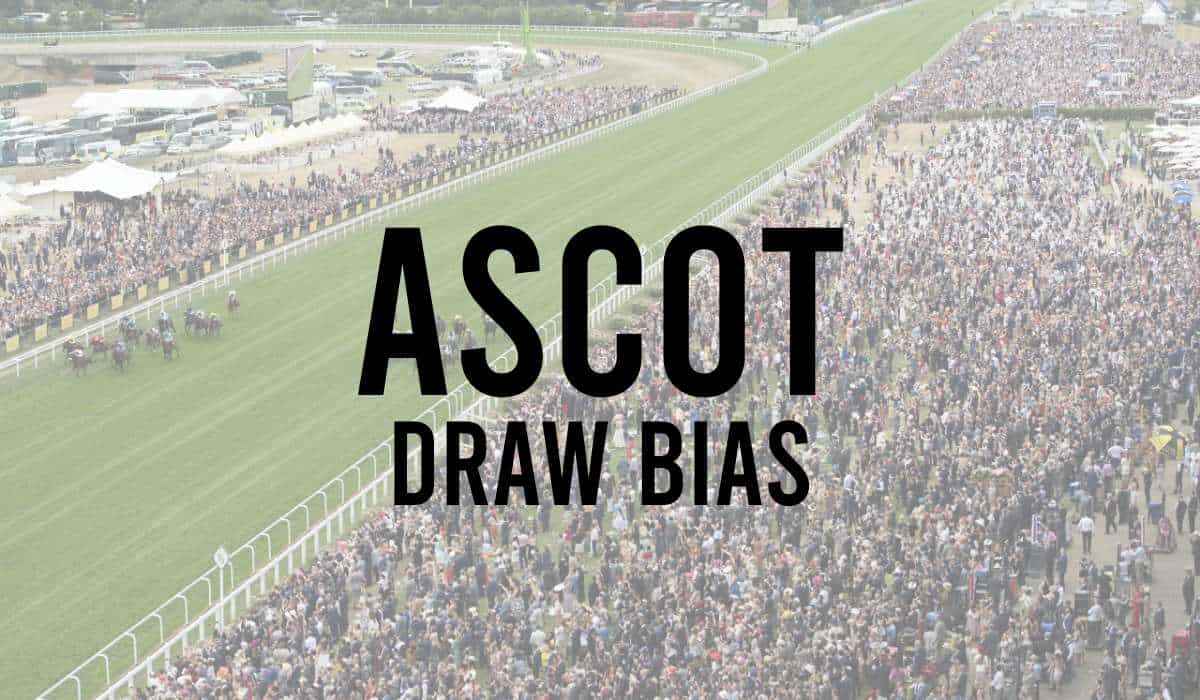
- Bath Draw Bias
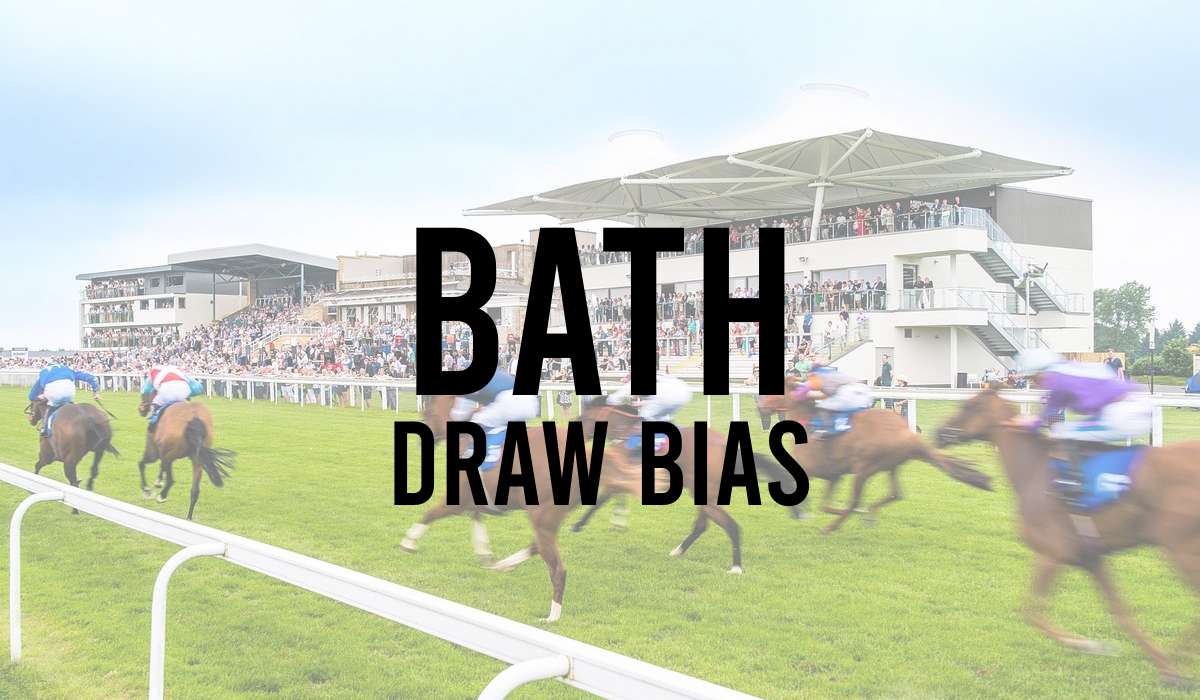
- Beverley Draw Bias
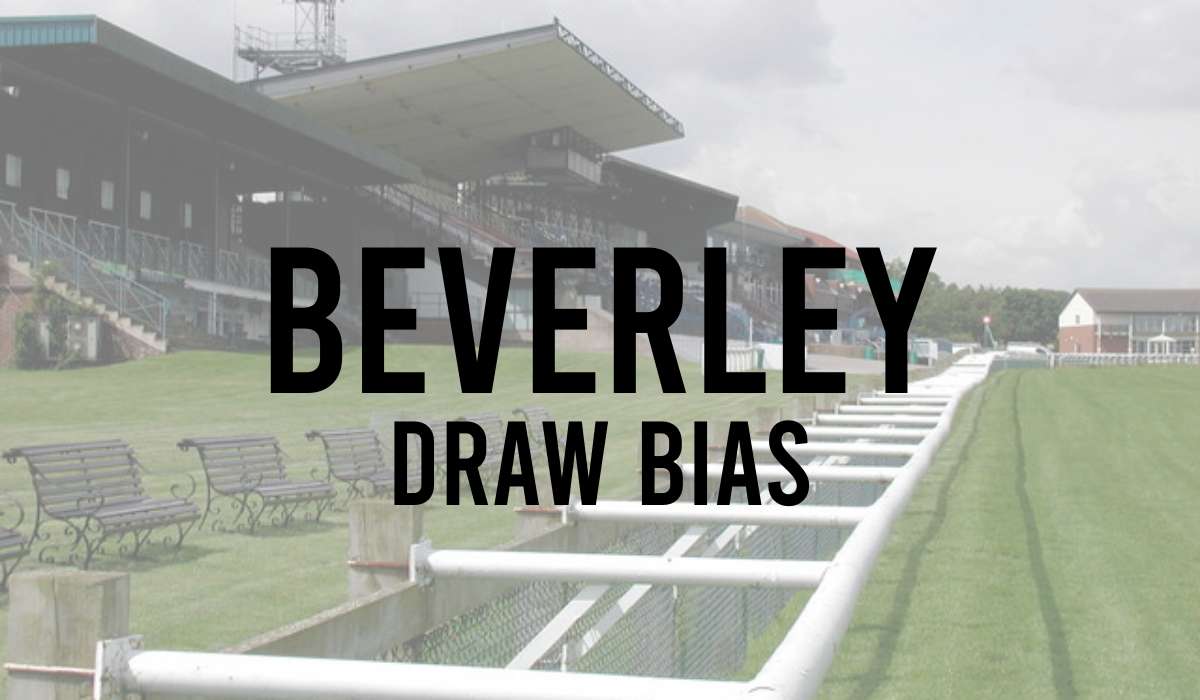
- Brighton Draw Bias
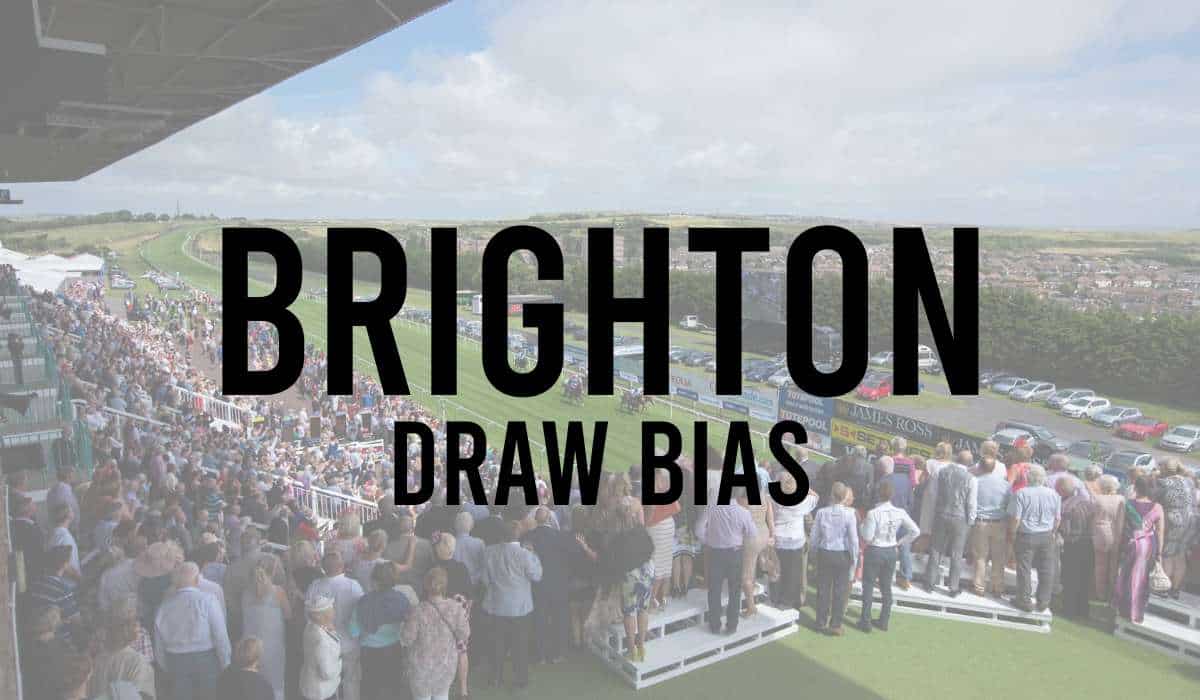
- Catterick Draw Bias

- Chelmsford Draw Bias
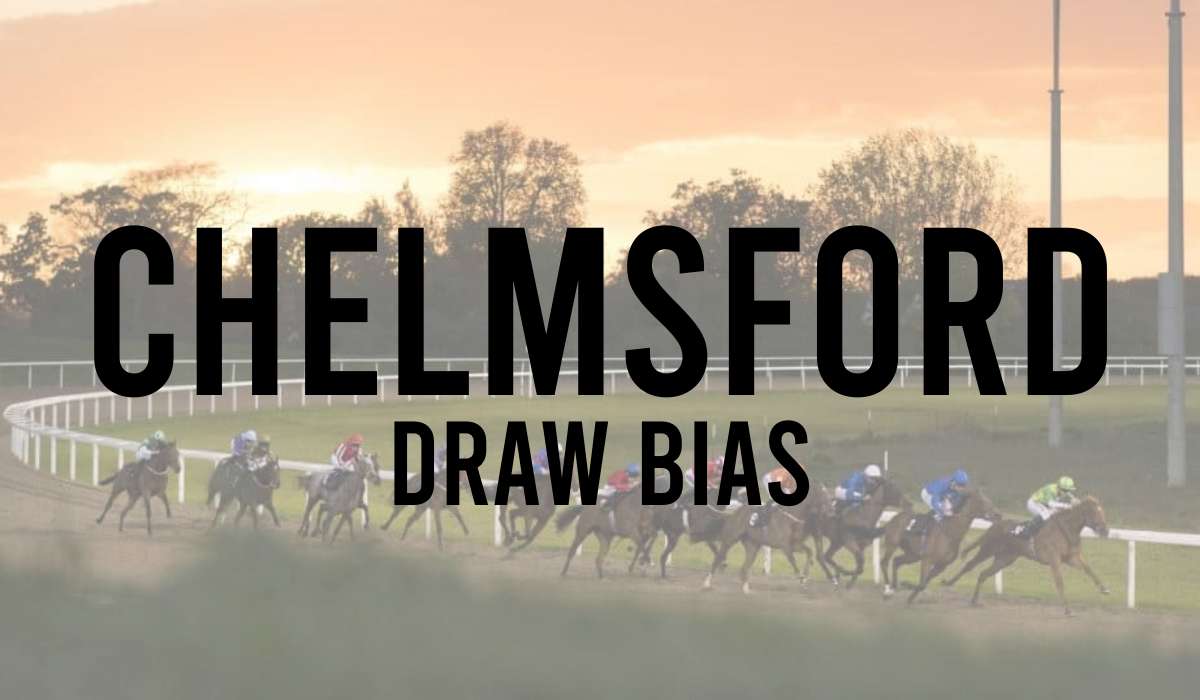
- Chester Draw Bias
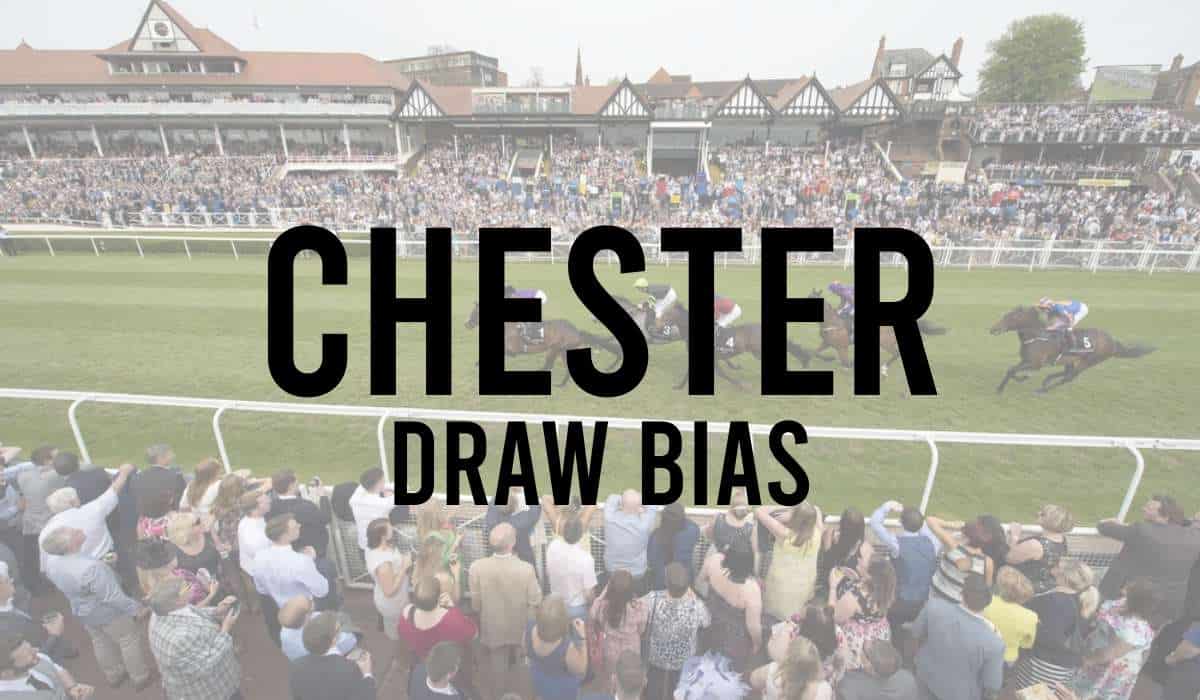
- Cork Draw Bias
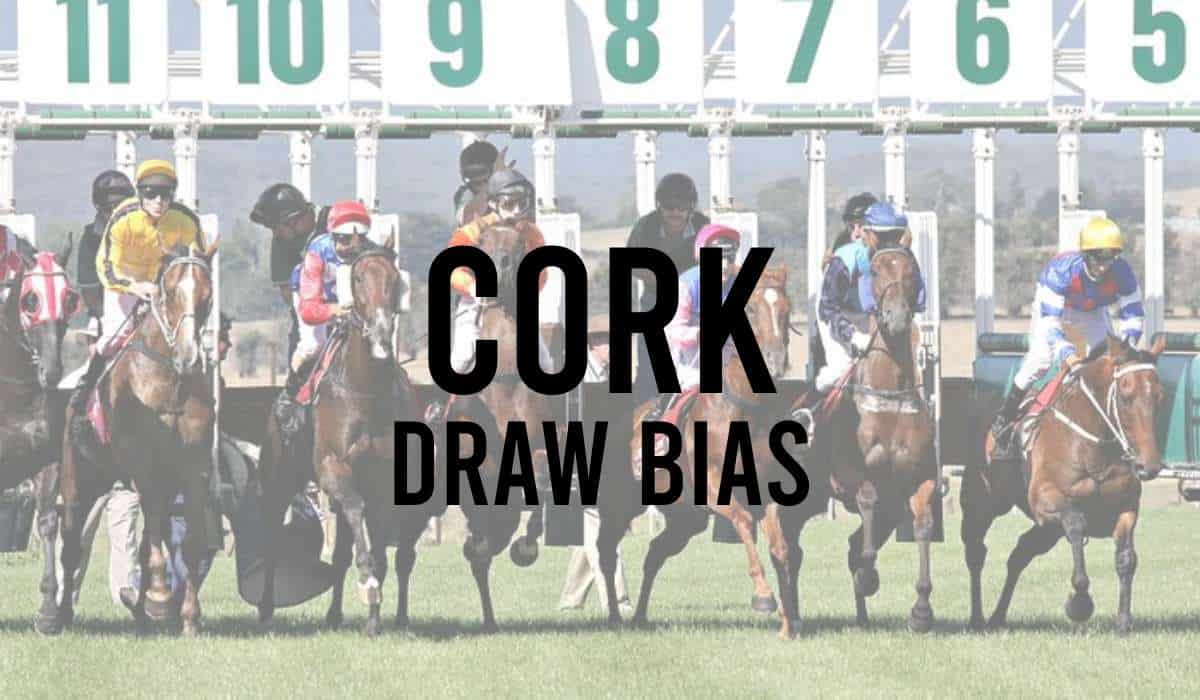
- Doncaster Draw Bias
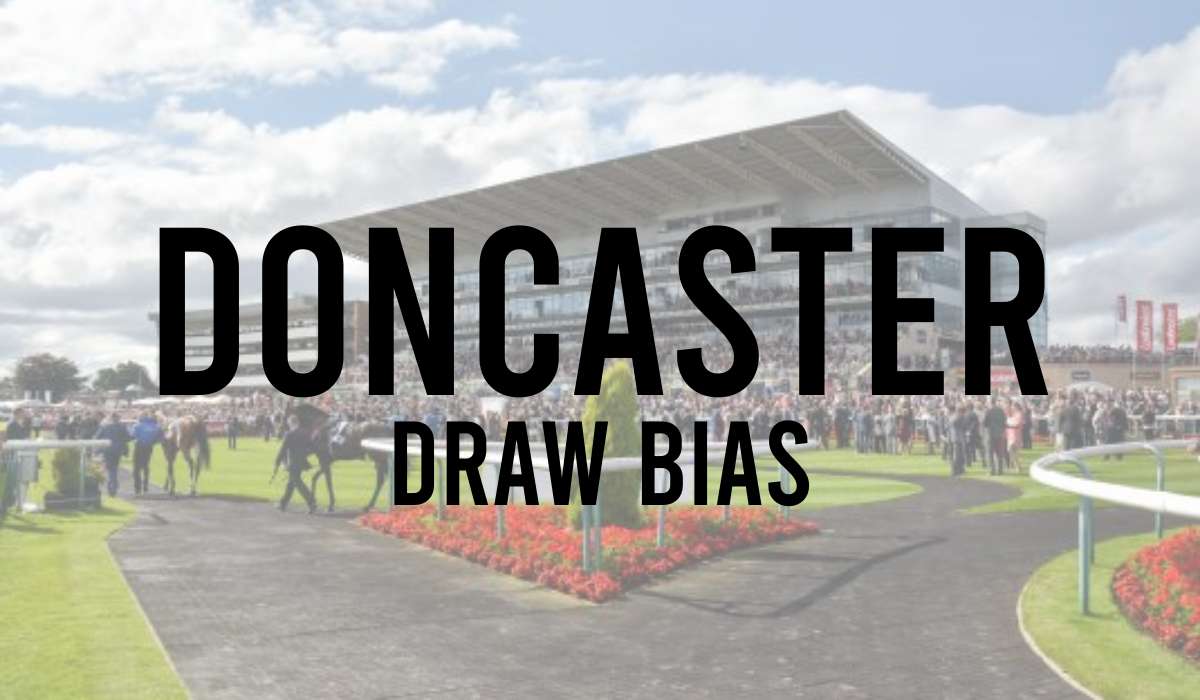
- Dundalk Draw Bias
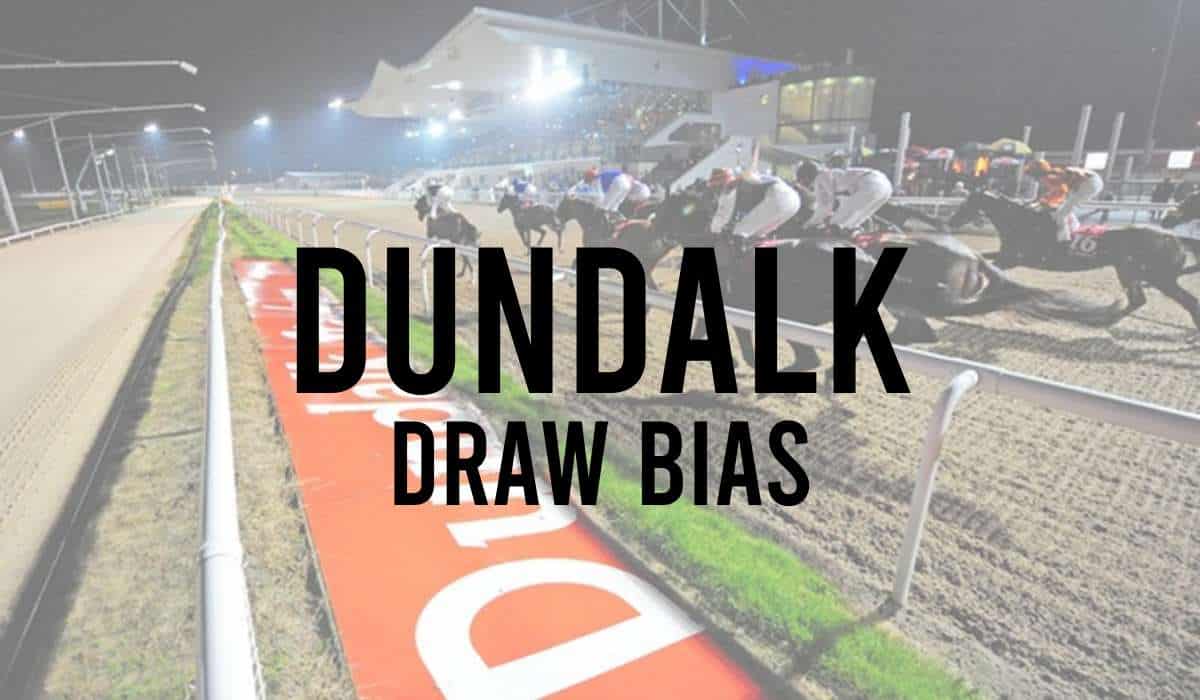
- Epsom Racecourse Draw Bias
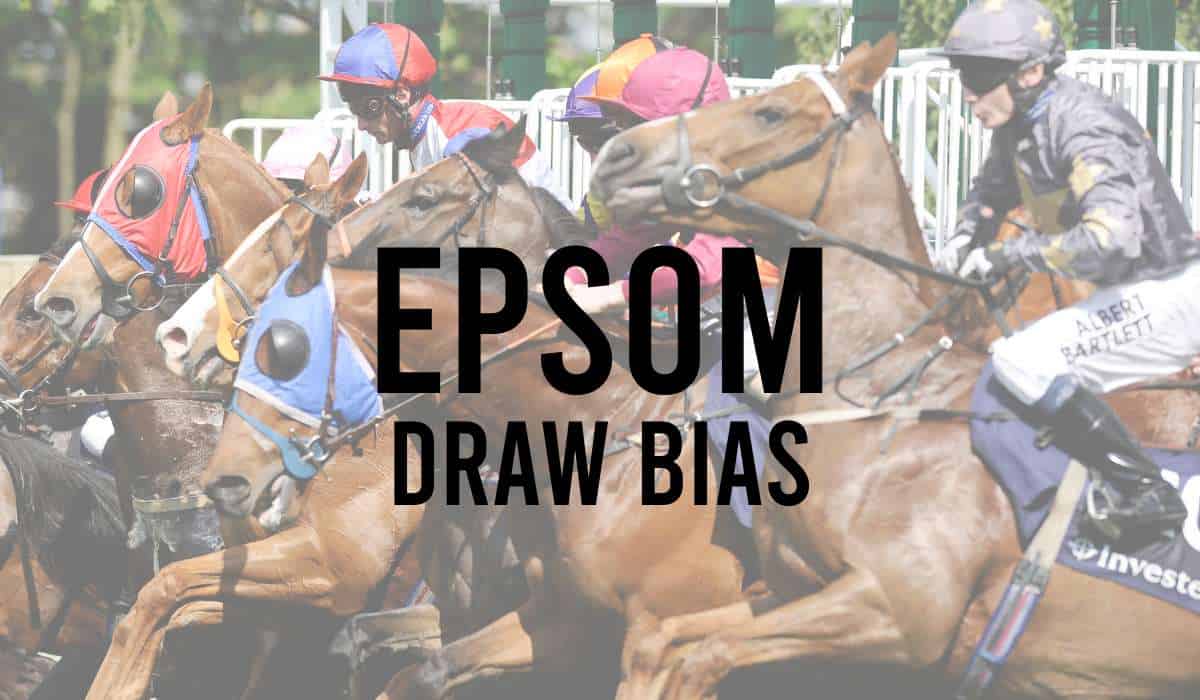
- Goodwood Draw Bias
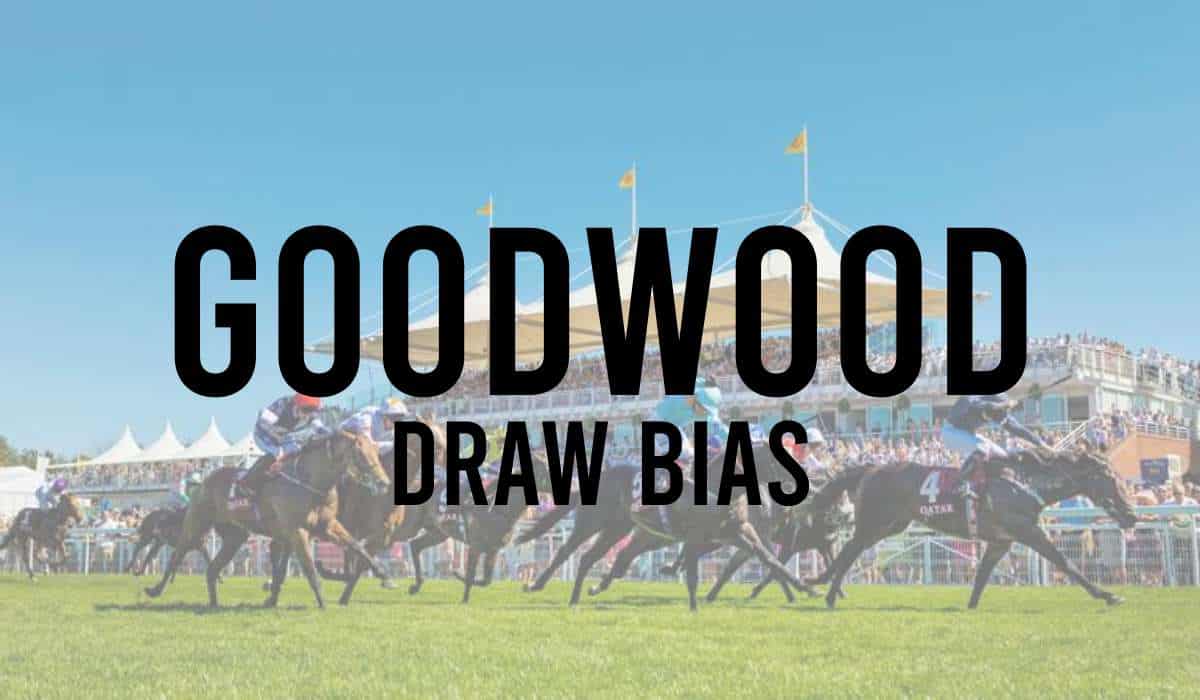
- Hamilton Draw Bias
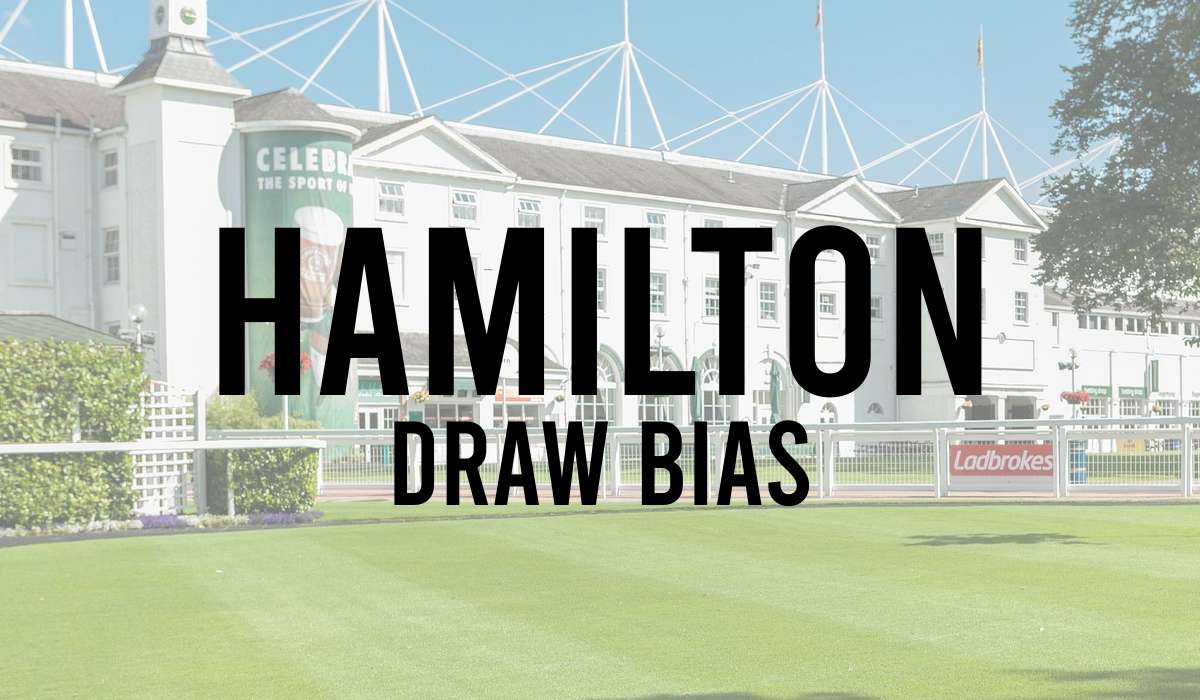
- Haydock Draw Bias
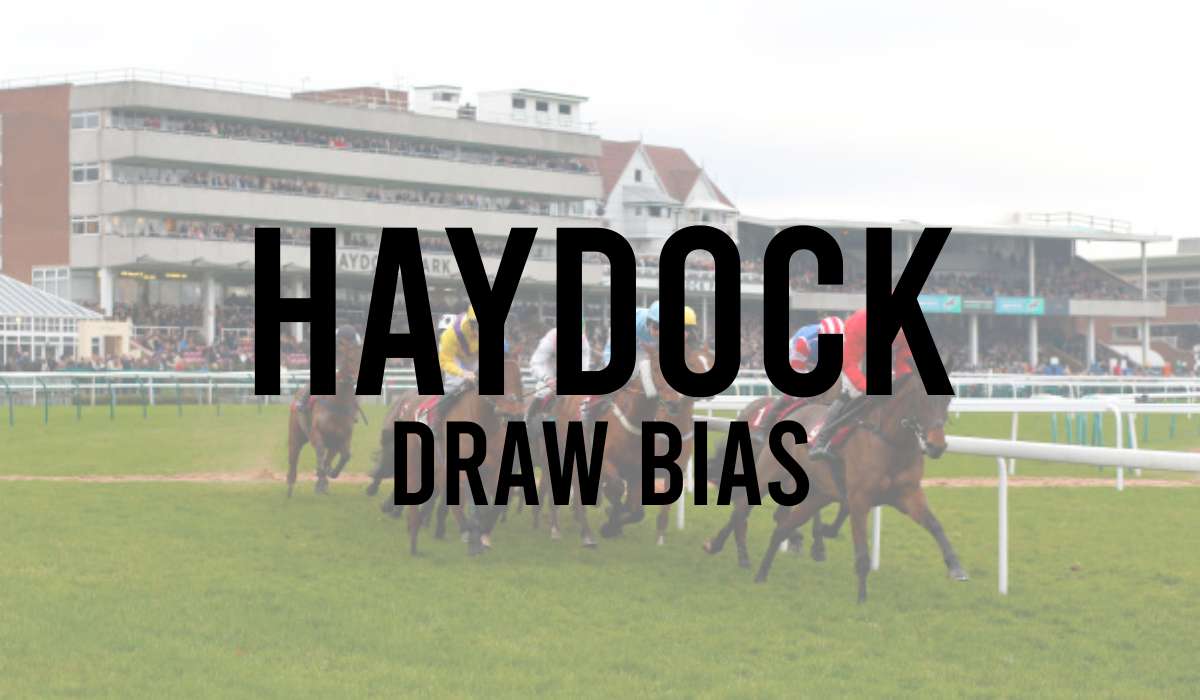
- Horse Racing Draw
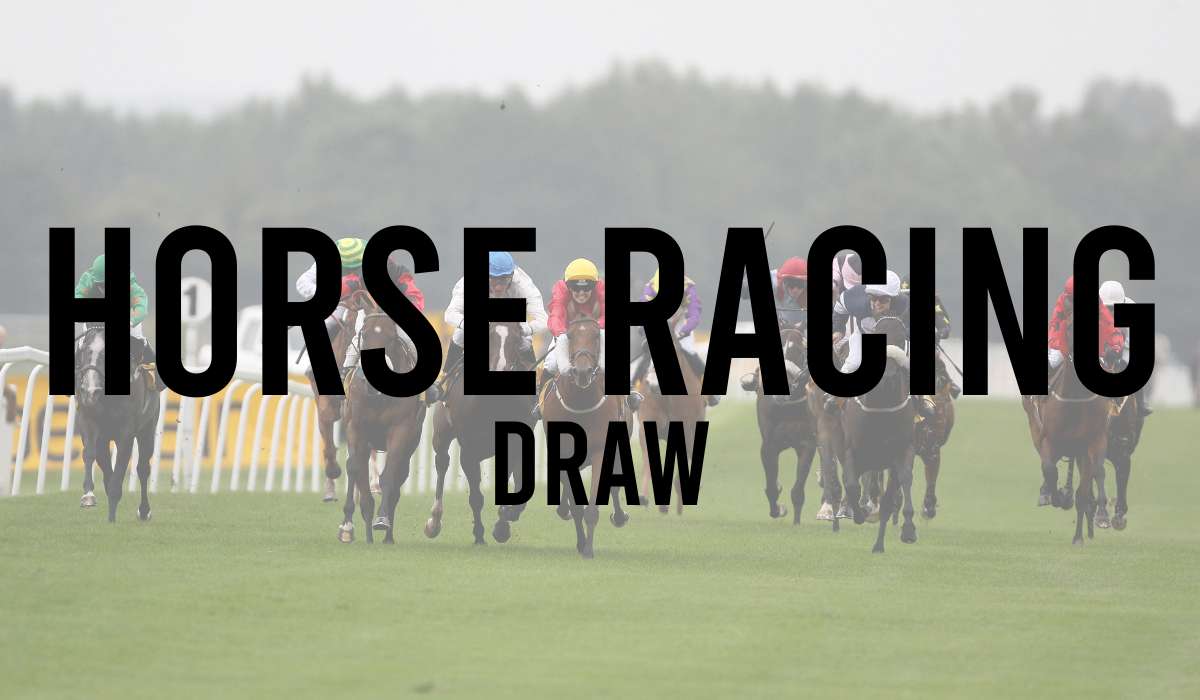
- Kempton Draw Bias
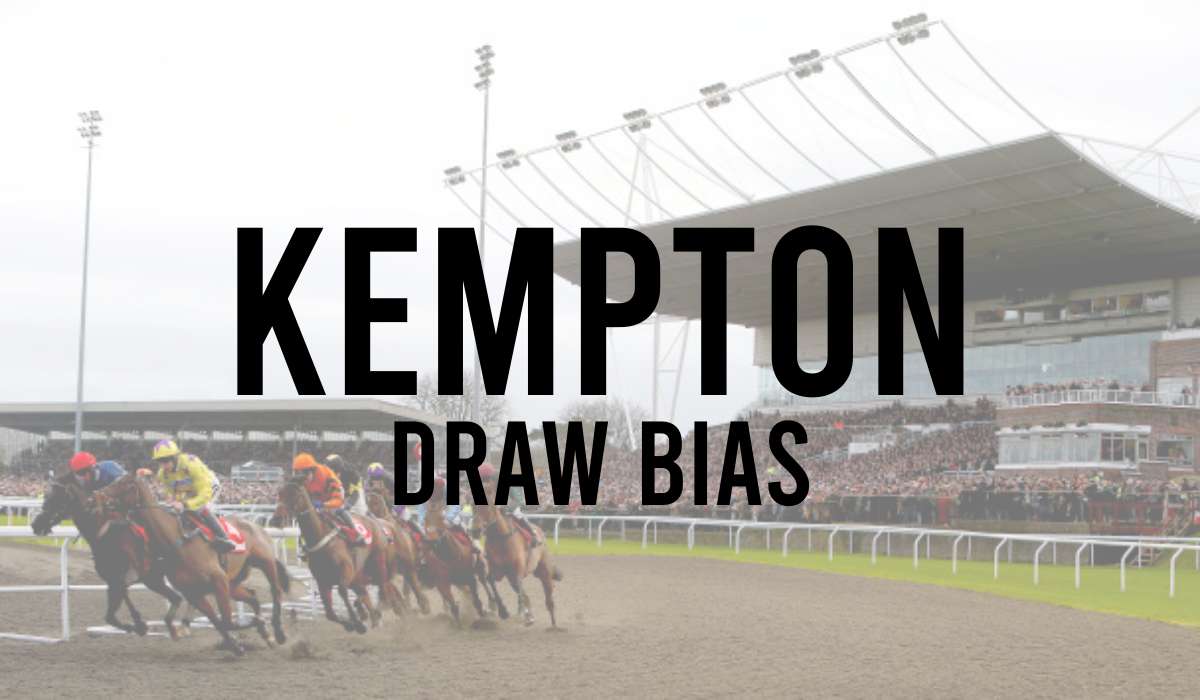
- Lingfield Draw Bias
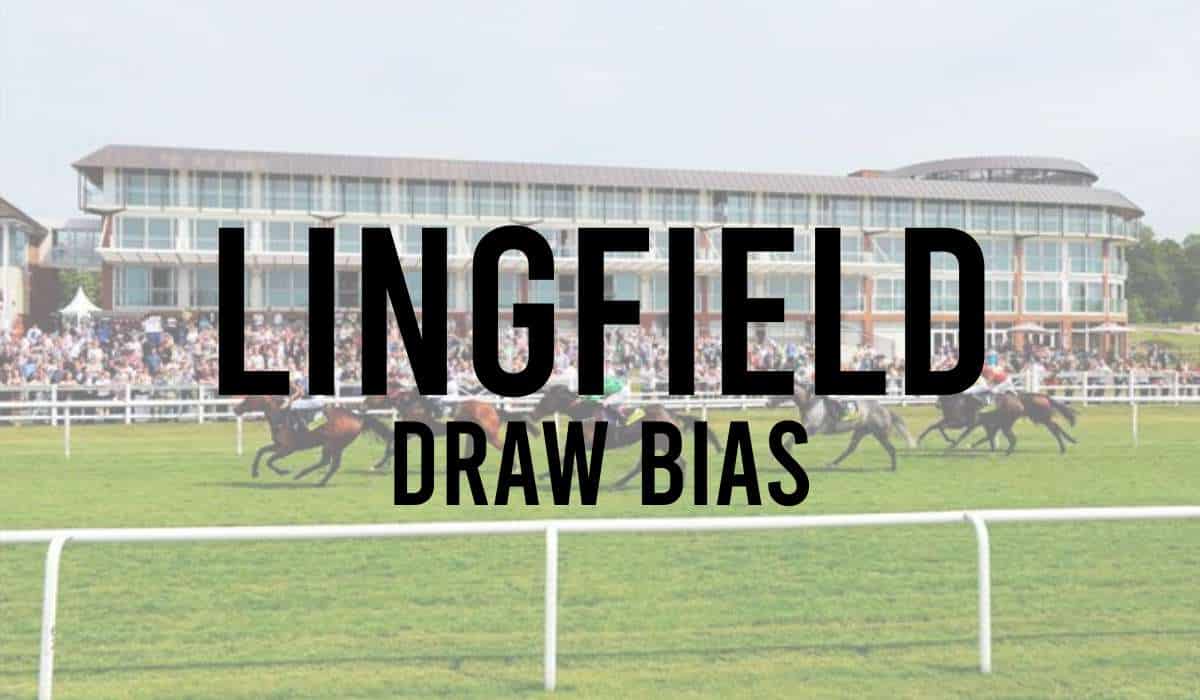
- Musselburgh Draw Bias
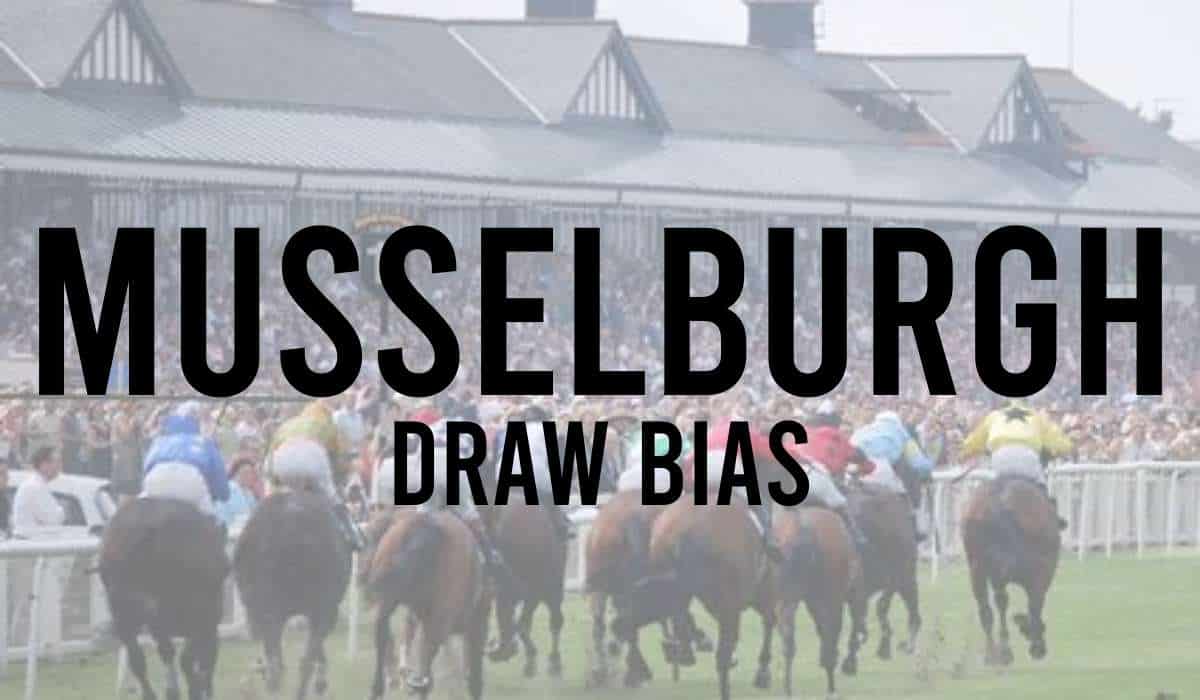
- Newbury Draw Bias
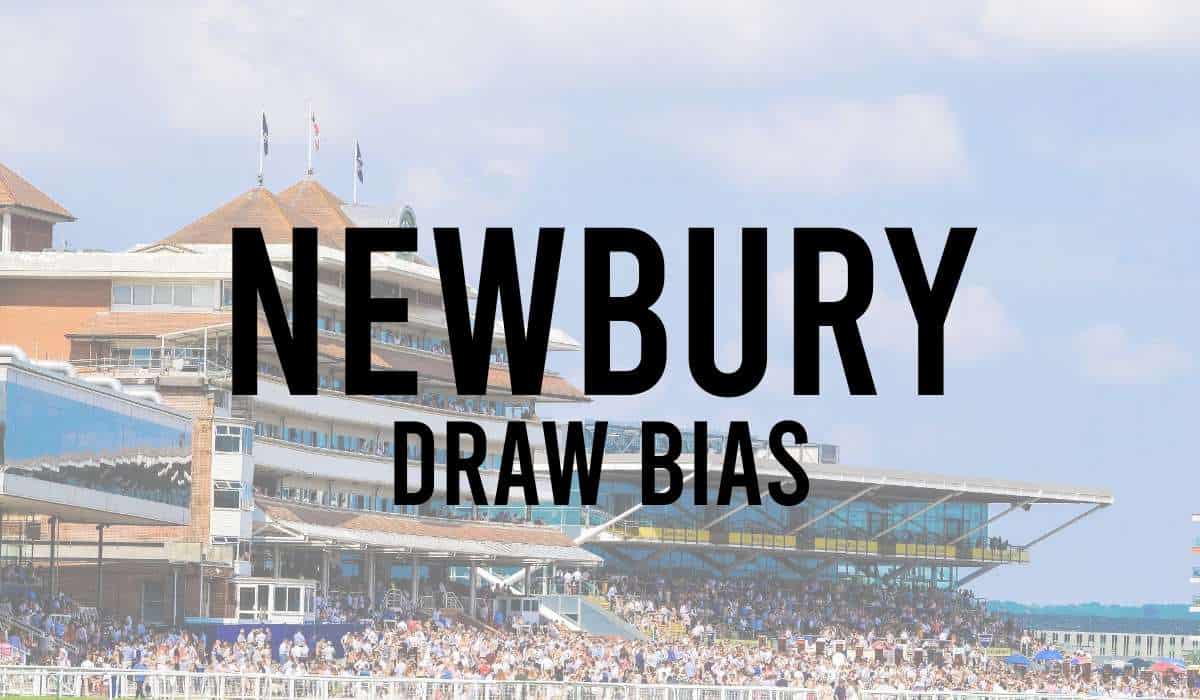
- Newcastle Draw Bias
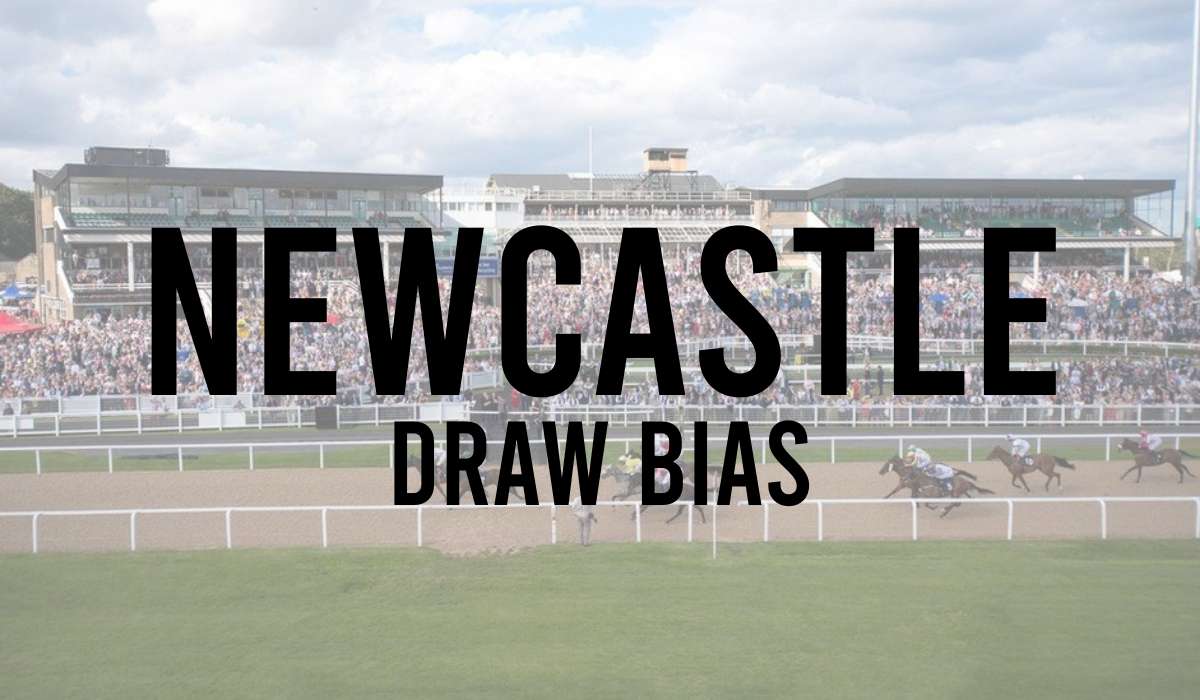
- Newmarket July Course Draw Bias
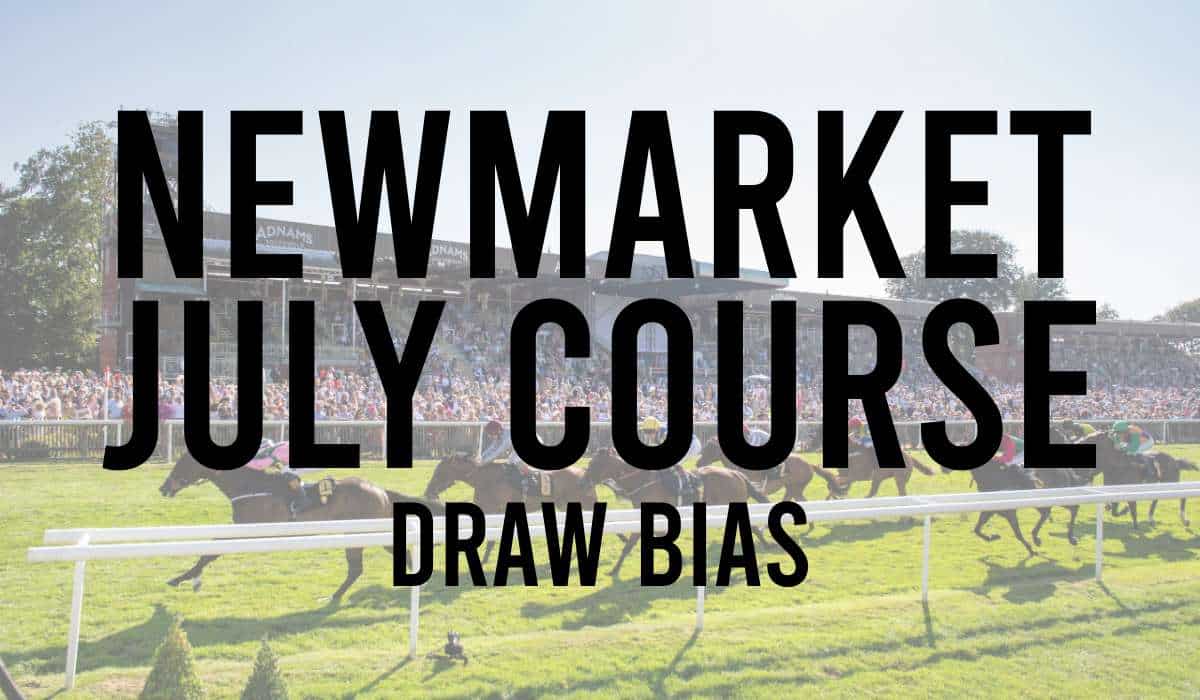
- Newmarket Rowley Mile Draw Bias
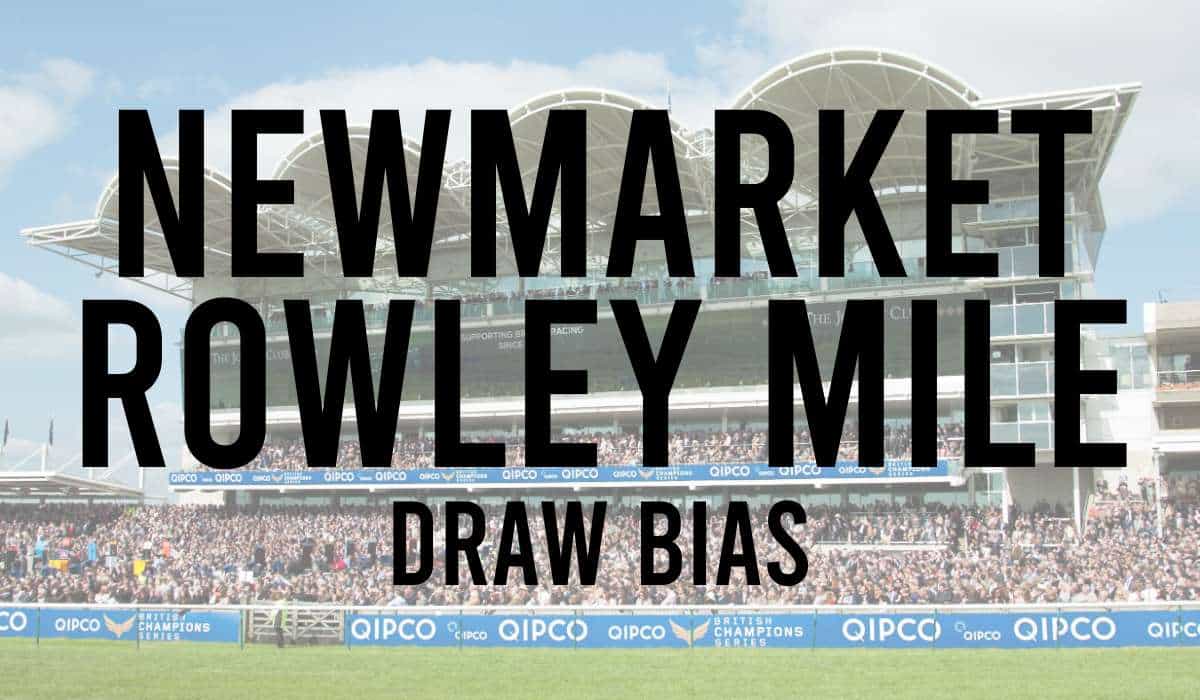
- Nottingham Draw Bias
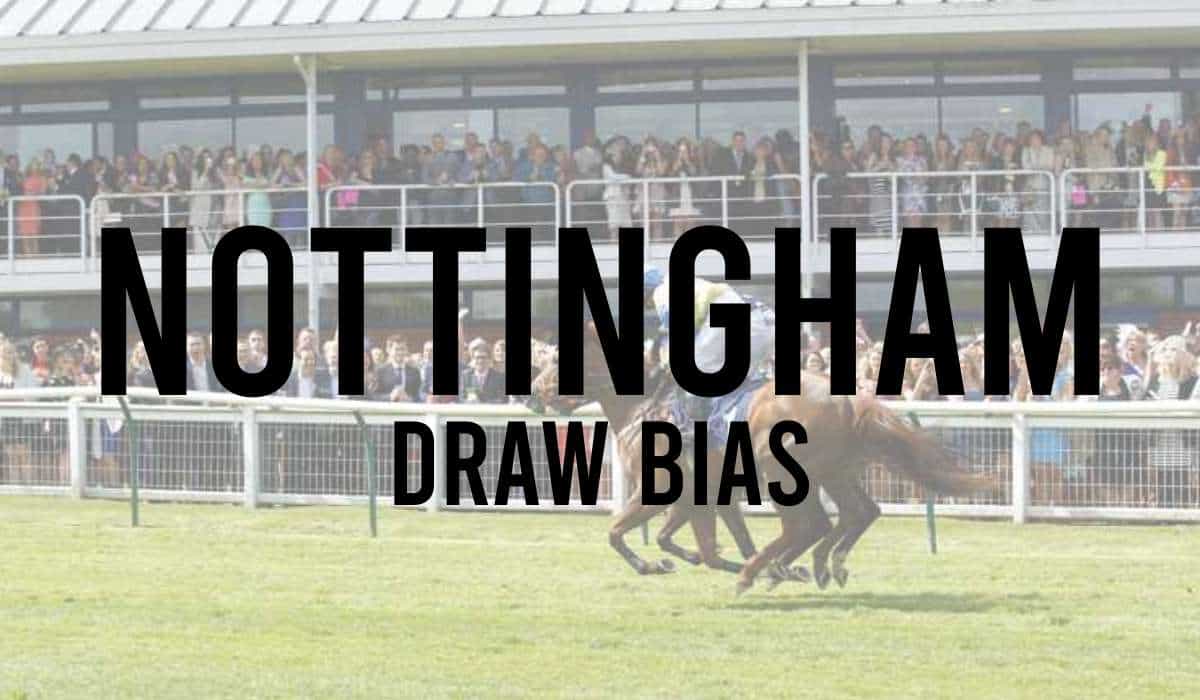
- Pontefract Draw Bias
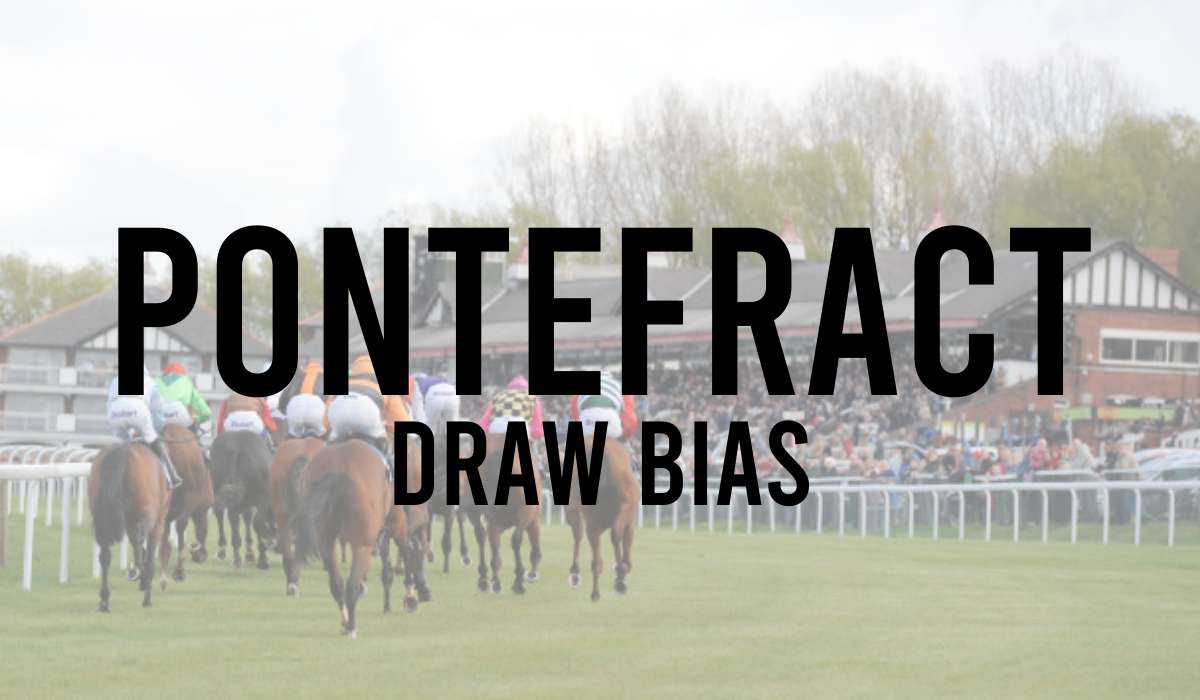
- Redcar Draw Bias
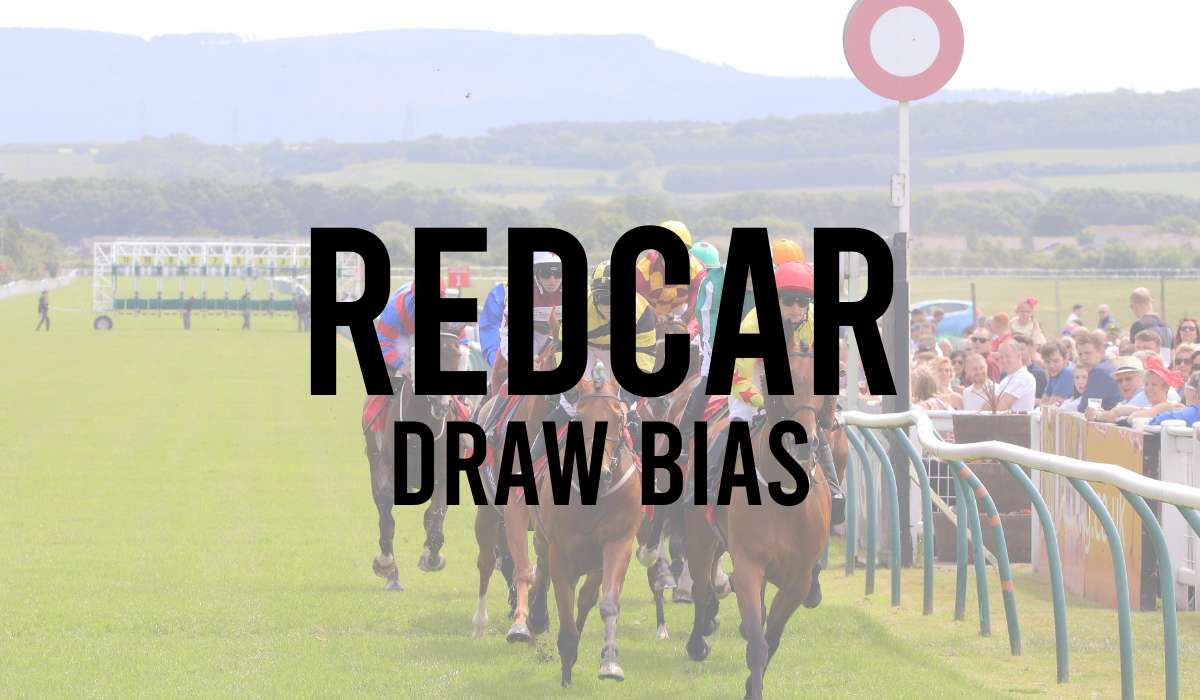
- Ripon Draw Bias

- Salisbury Draw Bias
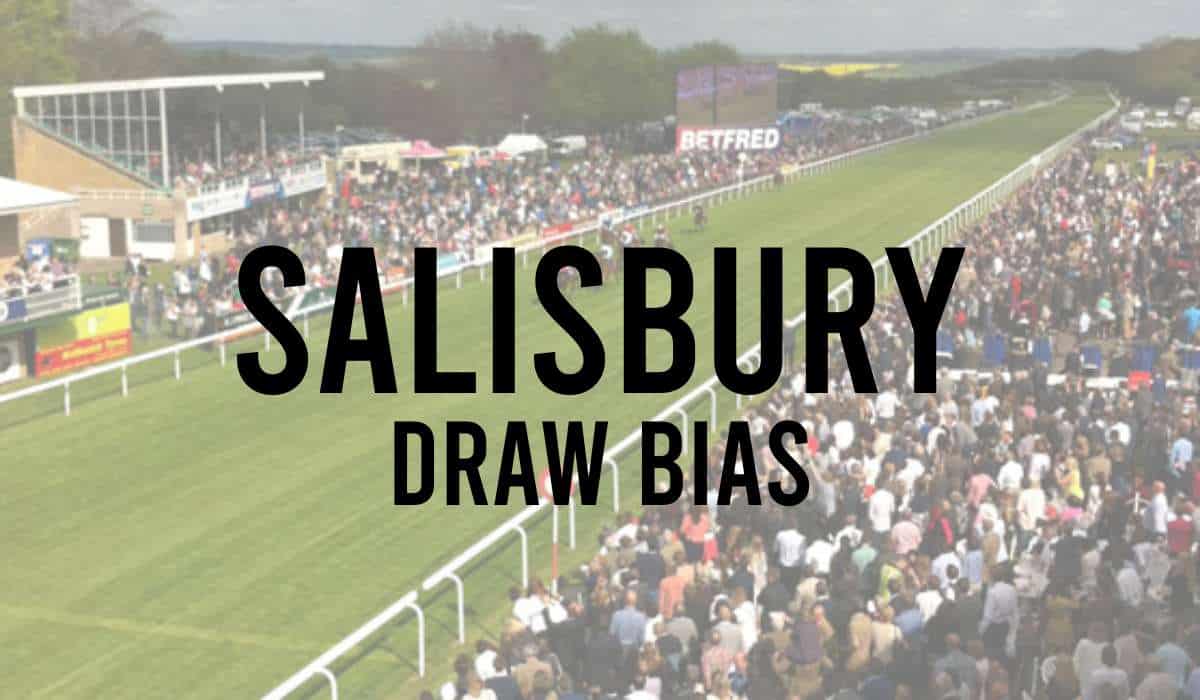
- Sandown Draw Bias
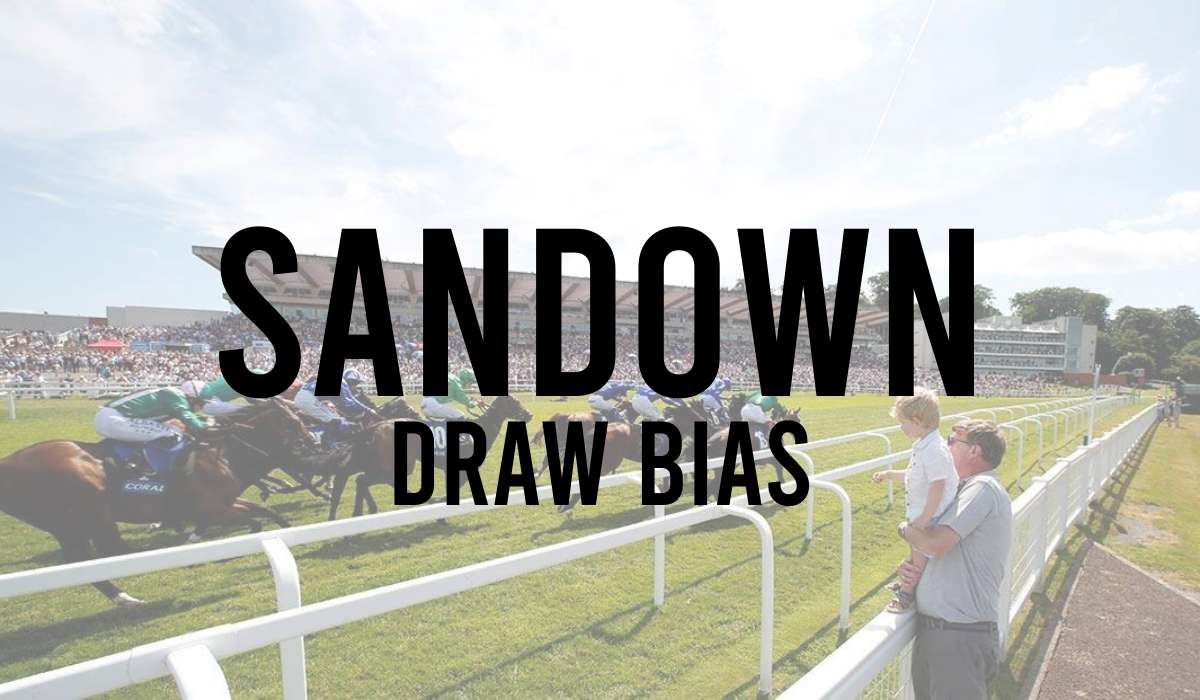
- Sligo Draw Bias
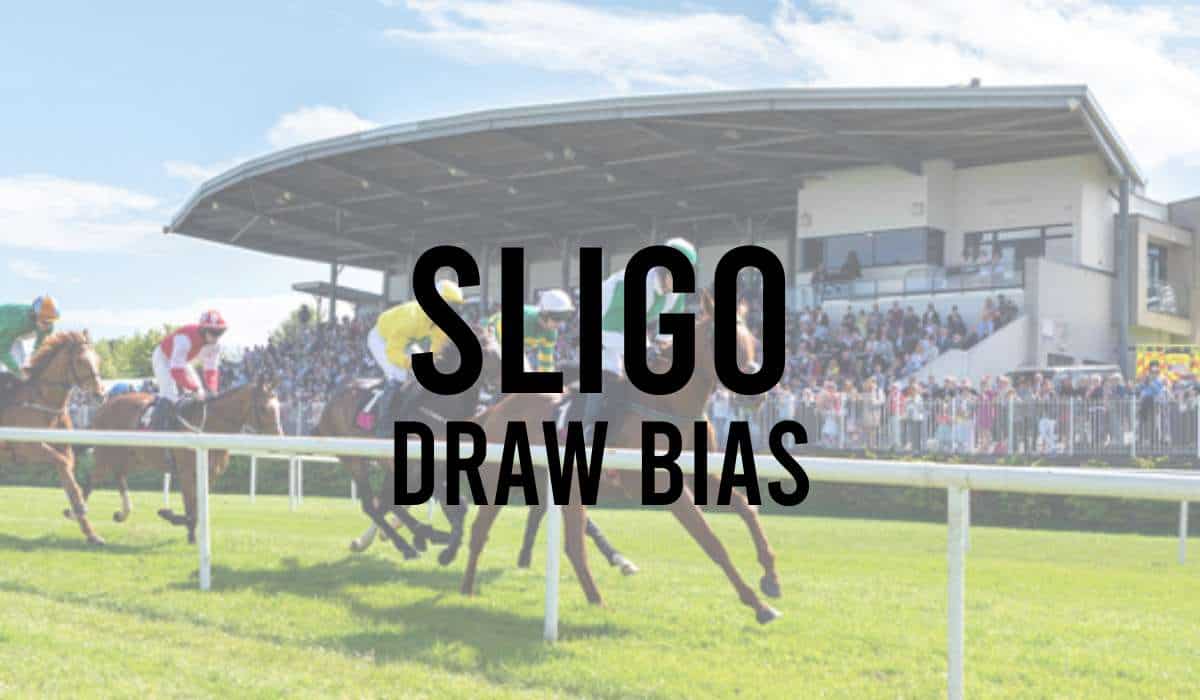
- Thirsk Draw Bias
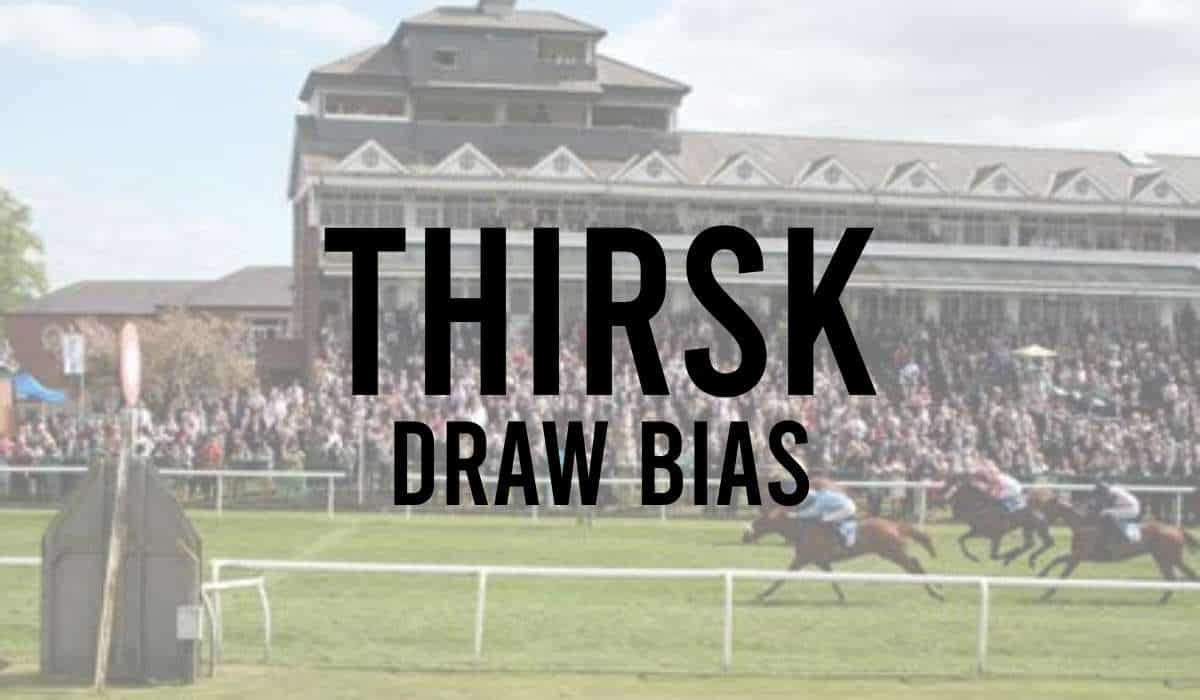
- Windsor Draw Bias
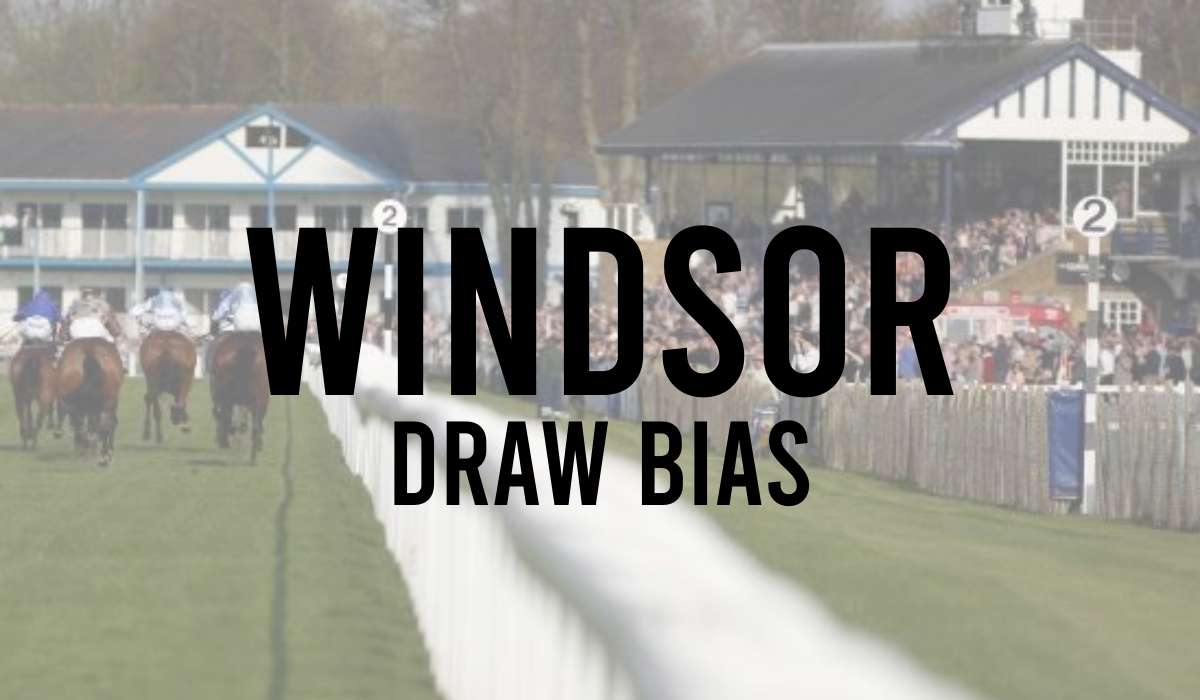
- Wolverhampton Draw Bias
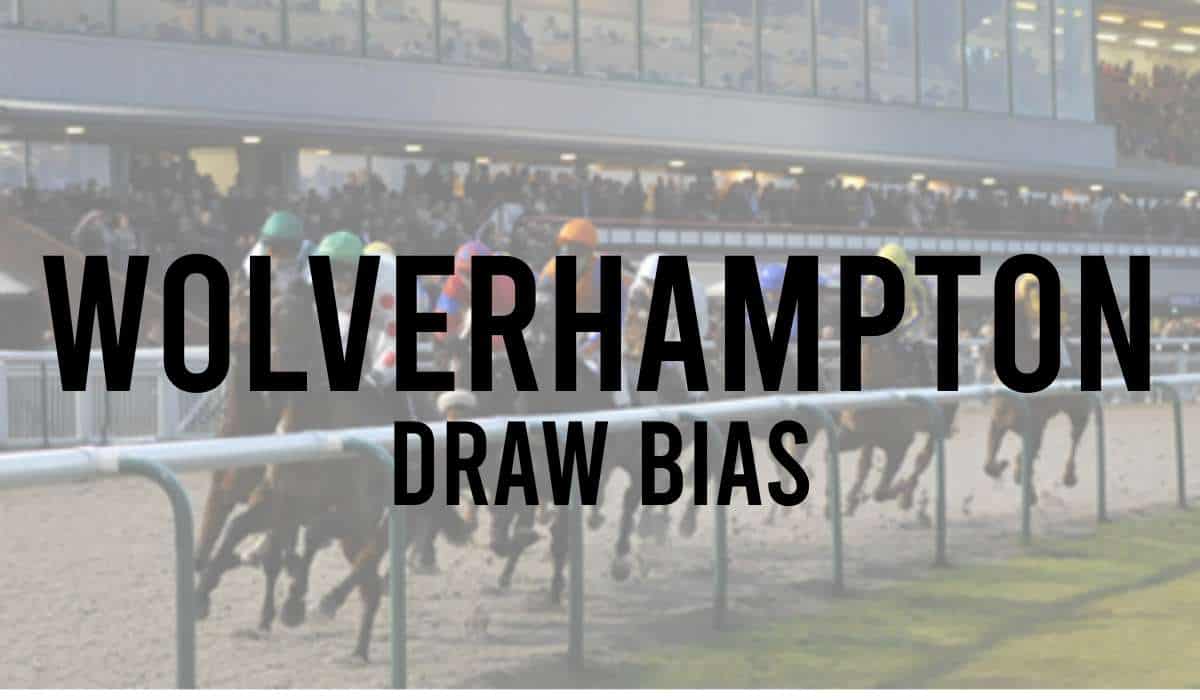
- York Draw Bias
